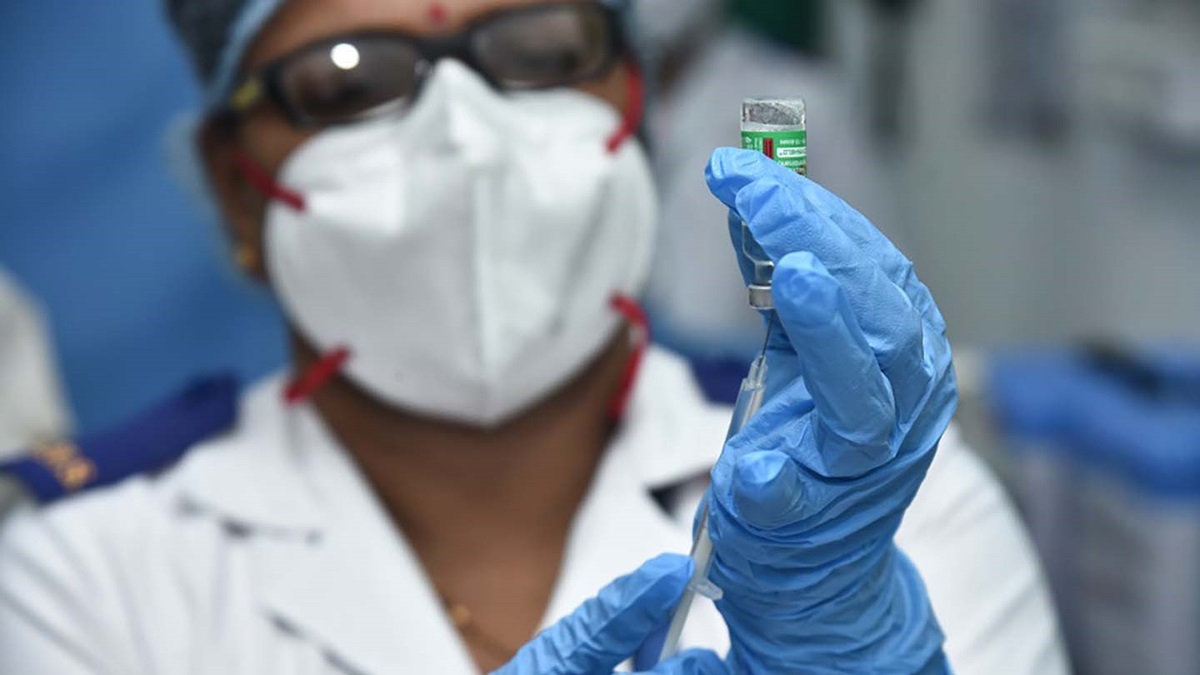The World Health Organization (WHO) today listed two versions of the AstraZeneca / Oxford COVID-19 vaccine for emergency use, giving the green light for these vaccines to be launched globally through COVAX. The vaccines are produced by AstraZeneca-SKBio (Republic of Korea) and the Serum Institute of India.
The WHO Emergency Use List (EUL) assesses the quality, safety and efficacy of COVID-19 vaccines and is a prerequisite for the provision of the COVAX Facility vaccine. It also allows countries to streamline their own regulatory approval to import and administer COVID-19 vaccines.
“Countries without access to vaccines so far will finally be able to start vaccinating their health professionals and populations at risk, contributing to the goal of the COVAX Unit for equitable distribution of the vaccine”, said Dr. Mariângela Simão, WHO Deputy Director Access to Medicines and Health Products.
“But we must keep up the pressure to meet the needs of priority populations everywhere and facilitate global access. To do this, we need two things – an increase in manufacturing capacity and the early submission of vaccine developers to WHO for review. ”
The WHO EUL process can be carried out quickly when vaccine developers submit all the data required by WHO in a timely manner. Once this data is sent, WHO can quickly bring together its assessment team and regulators from around the world to assess the information and, where necessary, carry out inspections at the plants.
In the case of the two AstraZeneca / Oxford vaccines, WHO assessed quality, safety and efficacy data, risk management plans and programmatic adequacy, such as cold chain requirements. The process took less than four weeks.
The vaccine was reviewed on 8 February by the WHO Strategic Advisory Group on Immunization Specialists (SAGE), which makes recommendations for the use of vaccines in populations (ie recommended age ranges, intervals between vaccines, advice for specific groups, pregnant and lactating women). The SAGE recommended the vaccine for all age groups 18 years or older.
The AstraZeneca / Oxford product is a vectorized viral vaccine called ChAdOx1-S [recombinant]. It is being produced in several factories, as well as in the Republic of Korea and India. ChAdOx1-S has been found to be 63.09% effective and suitable for low- and middle-income countries due to easy storage requirements.
WHO emergency use list
The emergency use list (EUL) procedure assesses the suitability of new health products during public health emergencies. The objective is to make medicines, vaccines and diagnostics available as soon as possible to meet the emergency, respecting strict safety, efficacy and quality criteria. The assessment weighs the threat posed by the emergency, as well as the benefit that would accrue from using the product against any potential risks.
The EUL pathway involves a rigorous assessment of phase II and phase III clinical trial data, as well as substantial additional data on safety, efficacy, quality and a risk management plan. These data are reviewed by independent experts and WHO staff, who consider the current body of evidence on the vaccine under consideration, plans to monitor its use and plans for further studies.
As part of the EUL process, the company that produces the vaccine must commit to continue to generate data to allow full licensing and prequalification of the vaccine by WHO. The WHO prequalification process will assess additional clinical data generated from vaccine testing and implantation on an ongoing basis to ensure that the vaccine meets the necessary standards of quality, safety and efficacy for wider availability.
WHO also listed the Pfizer / BioNTech vaccine for emergency use on December 31, 2020.
